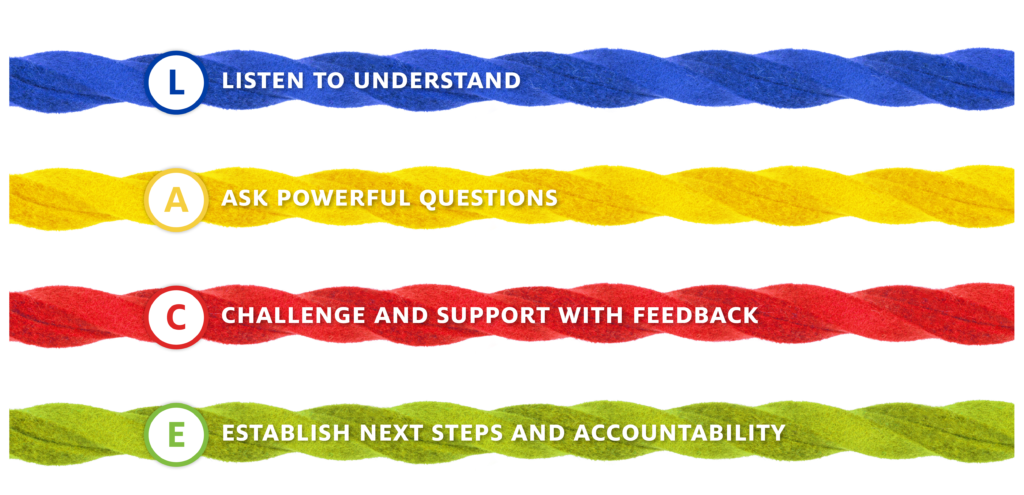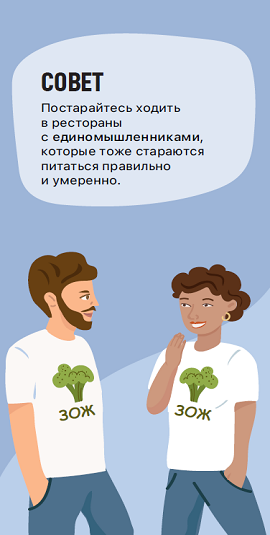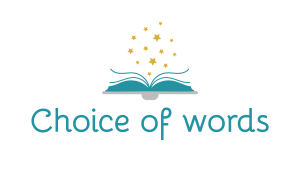
If I could work on any type of project I want, what would it be? Without a doubt, transcreation. Why? Because I love playing with words, meanings and ideas to make the original message come through in Russian. Oh, and I love a challenge.
In fact, most Russian marketing translations I work on require a creative approach, but some projects take it to a different level.
How transcreation is different from translation
Nina Sattler-Hovdar in her book Get Fit for the Future of Transcreation covers this in great detail. While translation needs to inform the reader, ‘transcreation must intrigue, engage, and motivate. It needs to make the reader want to read the text and want to take some kind of action – click on a button, visit a store, request more information, buy a product etc.’, Nina writes.
In other words, when working on transcreation projects, linguists need to be very clear about the readers, their pain points and what the text is trying to achieve.
How the transcreation process works
No two projects are the same, but that’s what the process usually looks like for me when it comes to Russian transcreation jobs.
- Step 1. I receive a project brief and visuals from the agency or the client and we work out a feasible deadline. Important point: creativity can’t and shouldn’t be rushed!
- Step 2. I analyse the brief and look out for key ideas and concepts that I need get across in Russian.
- Step 3. I get pen and paper ready and start brainstorming. Usually it takes a form of a mind map. Sometimes I can come up with a few options straight away, sometimes I need to let it sink in and try a few more times.
- Step 4. I come up with 2-4 options (depending on the client’s requirement), provide back translations and rationales, including any relevant comments for the client to consider before sending the project off.
- Step 5. I wait for feedback and, where necessary, make adjustments and offer more alternatives.
Here’s a short overview of Russian transcreation projects I’ve done recently and what the challenges were for each for them.
1. Tricky taglines
One of my end clients is a group of boutique hotels. Whenever they run a new marketing campaign or a promotion on their website, I transcreate taglines appearing on website banners. Taglines might only have a few words in them, but it takes a lot of brainpower to come up with Russian equivalents that would tempt users to click on the banner to learn more about the offer.
A word of caution: it’s generally not a good idea to scrimp on these by asking your translator to ‘transcreate’ two lines and ‘just translate’ the other two, even if they seem pretty straightforward. If it’s several taglines on a slider, they should all work together! A good translator and transcreator will aim to produce copy that follows the same pattern, same rhythm or is linked together in some other way, not several disjointed phrases. Asking them to ‘just translate’ some of the text is ‘just’ counterproductive and – I guarantee – will not save any money!

2. Astonishing acronyms
Acronyms pose a big transcreation challenge when they form a meaningful word in the original language, because it’s essential (or at least desirable) to come up with an equivalent in the translation. This often requires hours of brainstorming and trying to fit together words and concepts that don’t necessarily belong together without it sounding too far-fetched. It’s a case of linguistically forcing a square peg into a round hole, if you like!
This is what I was asked to do when revising Better Conversations Every Day™ programme for The Center For Creative Leadership. The LACE acronym was also used as part of another image where all the threads were interconnected. So I had to think of a 4-letter word in Russian that would represent the idea of ‘connection, ‘communication’, ‘threads’ and make sure that each phrase reflected the English originals.

This is what I came up with. Once I had the word “УЗОР” (pattern), I could proceed with phrases that would have a similar meaning to the ones in English. What a demanding job it was, but how great it felt to achieve the desired result!
| ENGLISH | RUSSIAN |
| L – Listen to understand A – Ask powerful questions C– Challenge and support with feedback E – Establish next steps and accountability | У – Учись слушать, чтобы понимать З – Задавай сильные вопросы О – Обсуждай ситуацию и поддерживай через обратную связь Р – Распланируй дальнейшие шаги и ответственность |
3. Palatable puns
Puns are translators’ worst nightmare, but they are fascinating at the same time! I’m always keen to try and see where I can get with them before having to admit defeat and pronounce them untranslatable.
One such challenge came up in the localization project for Simple app I’ve been working on. It featured broccoli and involved a play on words ‘broccoli -> bro’. I had to come up with something very short as the text was appearing on a t-shirt! I had 3-4 characters at most to play with. After some serious head scratching, I came up with a solution: «ЗОЖ». In Russian it stands for «здоровый образ жизни» (healthy lifestyle). It was perfect length, reflected the idea and worked well with the image, because is there anything healthier than broccoli?


Tip for success
To be successful, transcreation projects need a lot of careful thought and preparation, as well as a creative brief from the client so that the linguists have enough time and resources to put their creativity to good use. And communication is key to make sure the result is creative, original and compelling.





